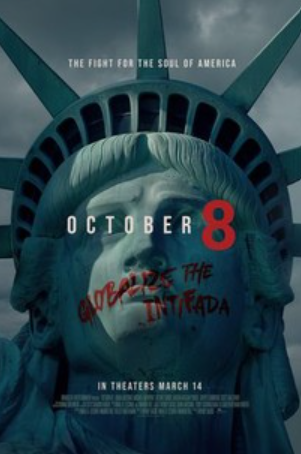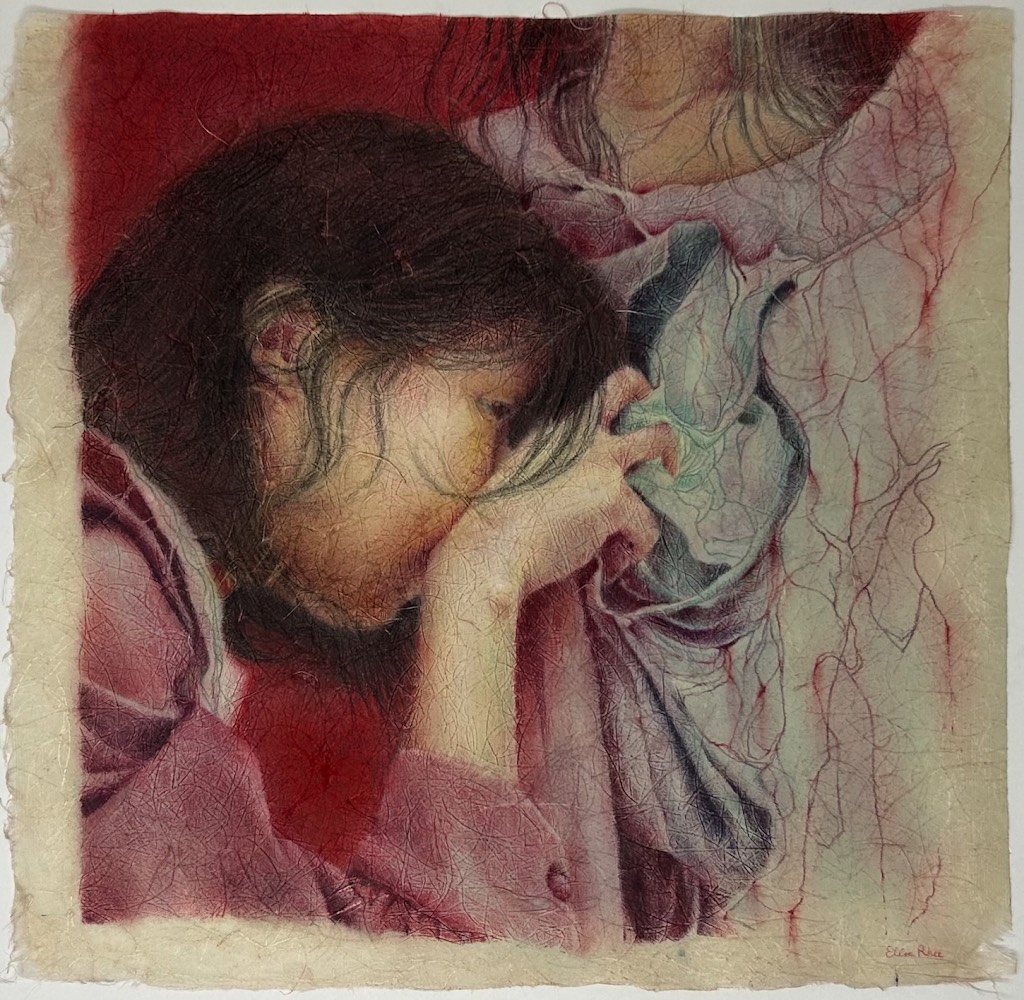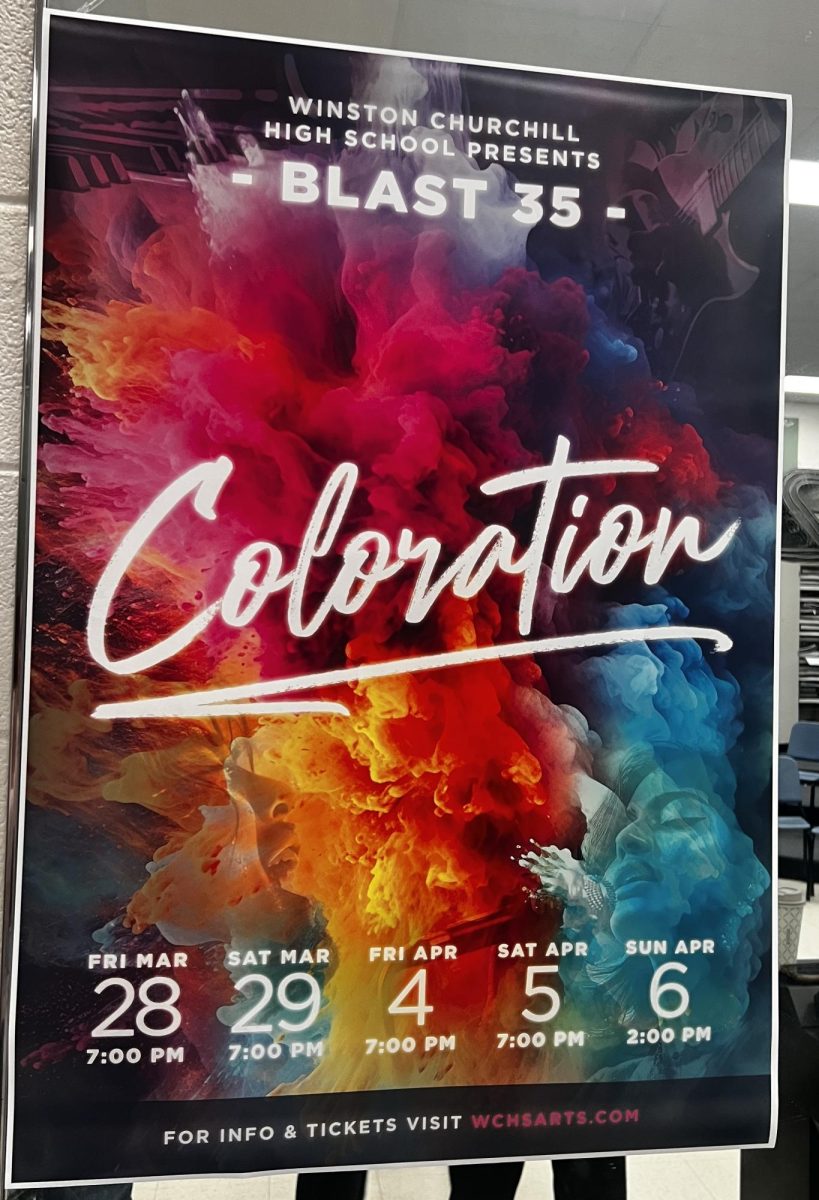The cast has long since made its final bow, and the curtains have swept shut for the last time this year. Peter Pan’s one-weekend run is over, but the weeks leading up to those three days were filled with frenzied preparation, courtesy of more sleep-deprived, caffeine-fueled students and staff than usual.
What happens during rehearsals? How did the set come to be? What are they really doing in the orchestra pit? The Observer takes you behind-the-scenes and reveals what actually happens in order to make the annual musical production work.
Director’s Chair
by Elizabeth Campbell and Jessica Lee
As brilliant as the actors and singers may be, the show cannot go on without a director. Theater teacher Lynda Scionti and choral music teacher Carlos Barillo are the staff members in charge of school productions, but providing them with valuable assistance is the student director, whose creative eye is always on the lookout.
“I’ve always been a part of CHS’ choral and theater department, and I wanted to have more of a leading role before leaving,” senior student diretor Aaron Ross said.
Like everyone else involved in Peter Pan, Ross invests much of his energy into making the show happen by taking charge of the other students, particularly the performers.
According to Ross, some of his favorite moments as a student director were auditions and changing lyrics of songs during rehearsals.
As much as Ross does for the production, he is still grateful for everything the teachers do.
“Ms. Scionti is a fantastic teacher, and I don’t know where the theater program would be without her,” Ross said. “Mr. Barillo is very invested, and CHS music wouldn’t be where it is without him.”
Pit Orchestra
by Jessica Lee
This is my second (and last) year of doing pit orchestra, so I kind of knew what to expect when I signed up—but Pit is never the same experience twice.
So who do we have in the Pit? Three flutes, two clarinets, one alto saxophone, three trumpets, two trombones, one French horn, one bass guitar, one set of drums and other percussion, two harpists, one pianist, plus an orchestra of several dozen bodies…
…Oh, yeah, and one conductor. Squeeze all that into the Pit and you have quite a musical mess. Plus, it gets really hot in the Pit.
Unlike the actors, we in The Pit usually don’t audition. Not as many students sign up for pit orchestra as they do to be Captain Hook or Tiger Lily. Pit requires a substantial time commitment, and a lot of rehearsal time consists of either sitting through pages and pages of rests or playing repetitive/irritating/boring sections.
Fast forward to post-spring break, when we have approximately two weeks left before show time. Hello, time crunch. Hello, broken batons. Hello, Captain Sanz’s emergency supply of sour gummy worms.
But before we know it, it’s Hell Week Tech Week. Everyone involved in the production is scrambling to finish all the preparations, and Pit is no exception. We students get cranky because we start staying after school until 9 p.m. on some days, which means little to no time for homework, socializing and other activities we usually participate in.
The musicians are exhausted from playing for hours on end, with only a half-hour dinner break, and we’re desperately trying to match up our music with the performers’ songs, lines and movements, since we only get one or two rehearsals with the singers before we get tossed into the Pit of No Return. Did I mention it gets really hot in there?
Then comes show time. This is when we have a bit of fun amongst all the craziness. Everyone in Pit, including Captain Sanz, dresses up in a theme we choose for the specific performance. Pirate Night? Bring on the eye patches and parrots! Fairy Matinee Showing? Tiaras, fake wings and glitter. Because of this, you really ought to peek into the Pit before or after the show.
In conclusion: Pit is awesome, I would do it again next year if I wasn’t a senior and clearly, I must be insane.
Costumes
by Lauren Price
In order to do a musical, many components must come together in harmony. Of course these include Pit Orchestra, Tech (lighting, stage design, etc.) and the actors; but one thing that is often taken for granted is the costumes. Without the right costume, the story can fall apart. Would you believe an Elizabethan play if the actors were on stage in jeans and a t-shirt? Probably not.
I’ve been part of the costume team for three years, starting with Blast sophomore year. In these three years I have learned a lot of valuable lessons. The most important ones would probably be diversity and continuity.
Diversity is important because all of the characters cannot wear the same thing. Putting three characters in the same style or color can cause confusion. This is especially important in Blast, when there are a lot of different numbers. For example, the Lost Boys of Peter Pan can’t be dressed the same as the Pirates.
Continuity is important as well, because if a character does not maintain his or her style of costume, it can also confuse the audience and give them the perception that the actor has changed characters. These little things may seem like common sense, but it is surprising how much of a difference this knowledge makes.
The CHS costume team is not only there for brainstorming and developing costume ideas for the show beforehand. We are a large presence backstage during actual shows, too. Just as Tech Crew runs the sets, Costumes runs the clothes. There is never a night where things do not rip or get stained or just don’t fit; costumers wait backstage with pins, needles and Tide-To-Go to quickly fix any mishaps, ensuring that the show goes on without a hitch.
Another job for costumers is aiding with quick-changes. Ever wonder how characters change costumes in 30 seconds flat? Waiting in the wings is a team of costumers ready to assist the actors with getting in and out of outfits as quickly as possible—fastening buttons, tying shoes, preparing shirts and pants so that the actors put them on the right way (they are, quite literally, getting dressed in the dark). It can be very hectic and challenging to stay out of the way when doing this, but the costume team here at CHS has developed a rhythm and works together easily.
Every component of a musical, especially Peter Pan, is important. A good director, a good cast, good musicians and a good backstage crew, among other things, must work together in order to make the show run as smoothly as possible. One cannot work without the others.
Tech Crew
by Elizabeth Campbell
Few people ever actually think about Tech crew. In fact, we’re not supposed to be thought of at all. We dress in all black, hide backstage and only come out when the lights are off in order to keep the audience thinking that they are in the world of the production and not in a logical world where that super large set piece was actually just moved by two sleep-deprived teenagers.
However, long before those teens ever get to move the set, they first must build it. Prep for a show realistically begins about three weeks before opening night. The student Tech directors meet with staff supervisors Scott Selman and Sheri Phillips and director Scionti. Together, they work to design everything that the audience will see.
Once the plans have been established, the construction begins. This sounds straightforward, but plans are known to change on an hourly basis, making progress feel slow. It seems as if the tiniest projects get finished and everyday there is a new, bigger project to be done.
With two weeks left until the show, the crew goes into overdrive. Weekend Tech starts and those brave enough to face the school on Saturday and Sunday head to work. Screw guns are used to the last possible drip of power, and there is a never-ending line for the wall saw.
There is now also dealing with the daily challenge of explaining to our parents why we come home covered in different things. One day we might have saw dust overflowing from our shoes, the next day we’re covered in slimy white plaster and the next day we may have paint splatter down our pants. I personally brought an all-white pair of shoes in order to spray paint with the same colors as that beautiful backdrop.
Despite all this hard work, the crew manages to squeeze in a lot of fun along the way. One set piece was the crocodile that chases Captain Hook throughout the play. It was made out of pieces of wood on wheels fastened together with wire, making it a constant source of amusement as Techies took turns riding or skateboarding it down the hallway next to the auditorium.
With one week left until the show, what was previously overdrive now seems like a vacation. The average leaving time is 10 p.m., with the high possibility of staying later. The crew becomes even more scatterbrained and cranky as everyone is running on only a couple hours of sleep. My fingers begin to suffer cramps as a paint brush seems to get heavier with every passing day. The fly system looks less and less fun with every passing rehearsal as those volunteers working on it begin to suffer the pain of constantly lifting people in the air.
After the last curtain closes, strike begins. This is supposed to be where we calmly take down the set and salvage everything we can. That does not always happen because as soon as one person gets their hands on a hammer, everyone wants a turn. After all who doesn’t love smashing the set that just caused them three full weeks of stress?







